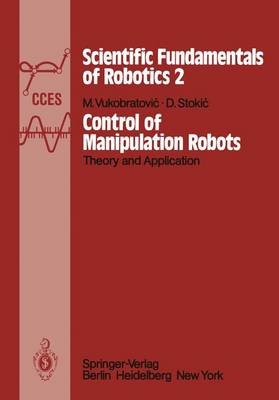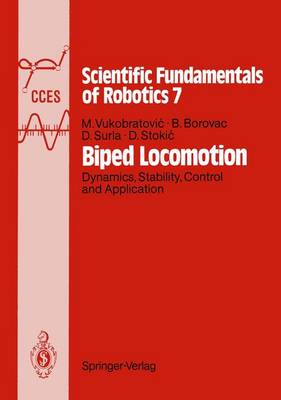Scientific Fundamentals of Robotics
2 primary works
Book 2
This monograph represents the second book of the series entitled: "SCI ENTIFIC FUNDAl-1ENTALS OF ROBOTICS". While the first volume provides a study of the dynamics of spatial mechanisms and its application to the design of these mechanisms, the present one focuses on the synthesis -of control based~n the knowledge of dynamic models (presented in de tail in the first_ volume). In this way a logical continuity is formed in which one may easily recognize a "dynamic" approach to the design of manipulation r-obots and the synthesis of control algorithms based on exact mathematical models of dynamics of open spatial mechanisms. When writing the monograph, the authors had the following objective: to prove that a study of dynamic properties of manipulation mechanisms is justifiable, to use the dynamic properties in the synthesis of con trol algorithms, and to determine, from one case to another, a proper measure of dynamics depending on the type of manipulation task, the "v$!locity at which "it is carried out, and on the type of the manipu- tion mechanisms itself. The authors believe they have thus made the study of dynamics,' aimed at synthesizing algorithms for dynamic con trol, free from unnecessary academicism and allowed the readers to apply all the results presented here to practical purposes of manipu lator design in thfil broader sense of the word. At this point, the au thors would like to present some concepts which were their guidelines in preparing this text.
Book 7
Presents a comprehensive and systematic approach to the dynamic modelling and control of biped locomotion robots. The text includes a survey of various approaches to the control of biped robots. A new approach to the control of biped systems based on a complete dynamic model is presented in detail. The stability of complete biped system is presented for the first time as a highly nonlinear dynamic system. Also included is software for the synthesis of a dynamically stable walk for arbitrary biped systems, presented here for the first time. A survey of various realizations of biped systems and numerous numerical examples are given.

